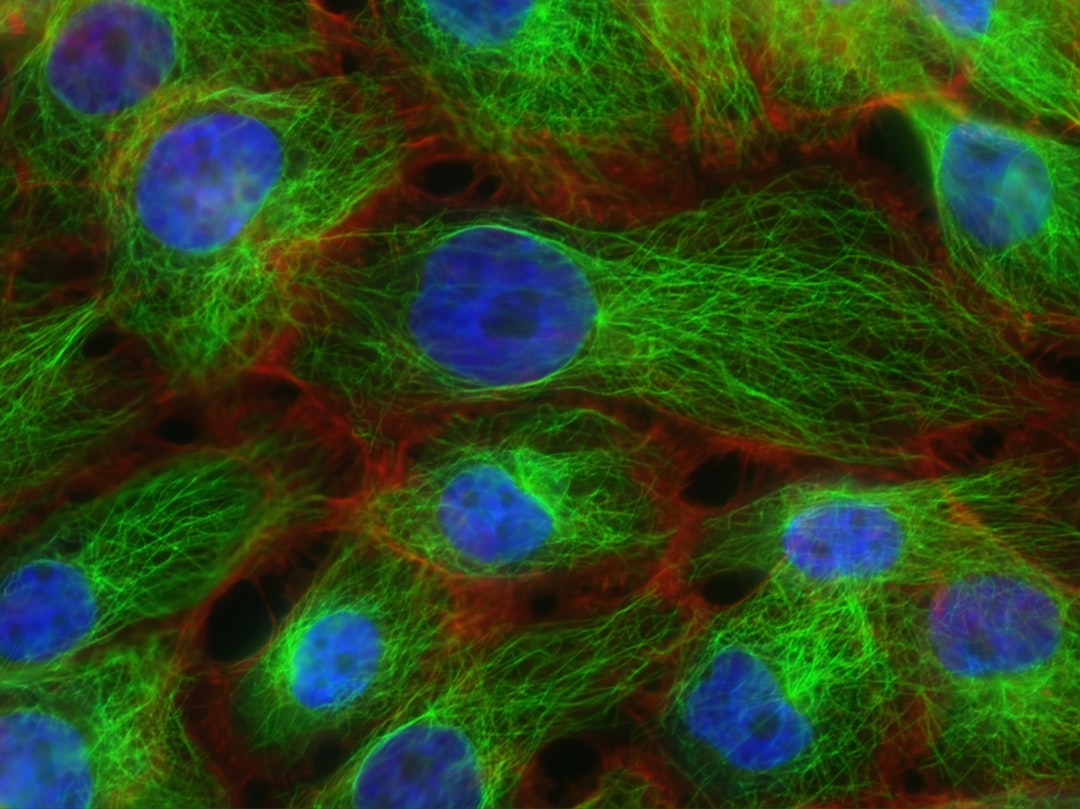What is it about?
Successfully landing a spacecraft on another celestial planet may seem to be the victorious completion of a mission that was most certainly years in the planning. However, the time of landing can be tricky due to the interaction of the rocket's exhaust with the extra-terrestrial surface, which sends up soil and rocks at very high speeds that can get in the way of astronauts vision and damage sensitive parts of spacecraft. We recreated the landing event in an earth-based laboratory using a scaled-down rocket nozzle and lunar soil simulants, and we captured the interaction using a high-speed laser imaging method.
Featured Image

Photo by Brian McGowan on Unsplash
Why is it important?
Numerous numerical investigations have been conducted in an effort to understand the dynamics of ejecta in the lunar environment. However, the interaction between plumes and regolith remains largely unknown as a result of insufficient experimental data. This experimental study will lead to better predictive models and more successful landings for the next generation of space missions. Research in this plume-regolith interaction can help develop strategies to mitigate dust production during landing and its impact on lander instruments
Perspectives
It was an absolute delight to work on this article in collaboration with co-authors from academics and industries. Additionally, this article prompted me to learn more about lunar science and ultimately solidified my commitment to lunar and space research.
Dr senthilkumar subramanian
University of Glasgow
Read the Original
This page is a summary of: Tracking plume-regolith interactions in near-vacuum conditions, Physics of Fluids, January 2024, American Institute of Physics,
DOI: 10.1063/5.0180669.
You can read the full text:
Contributors
The following have contributed to this page










